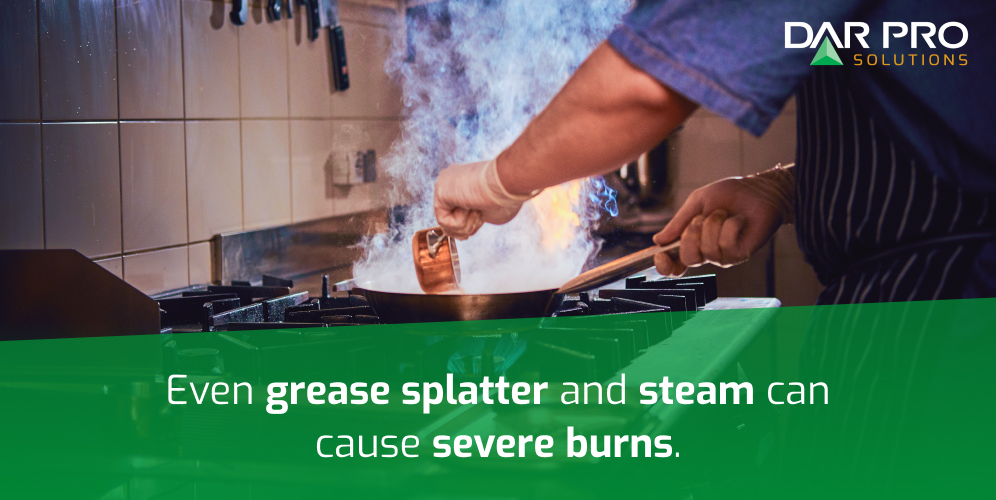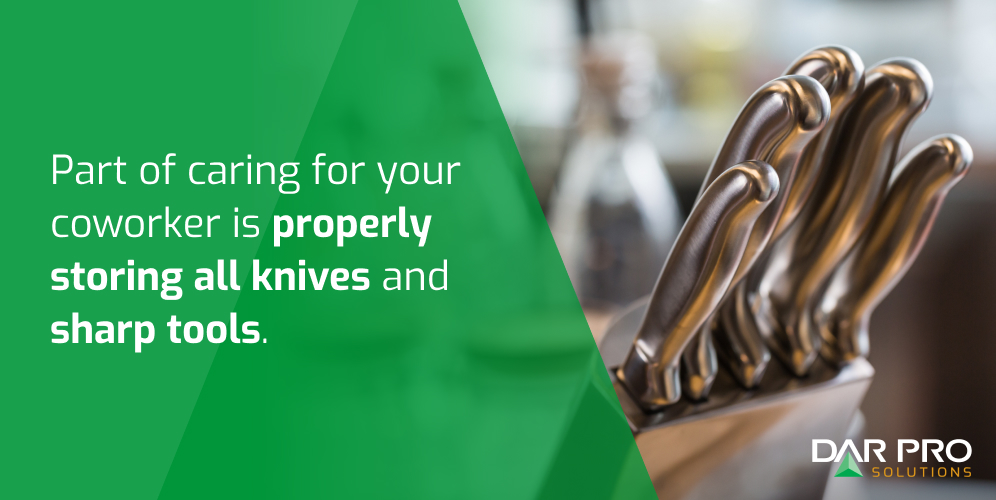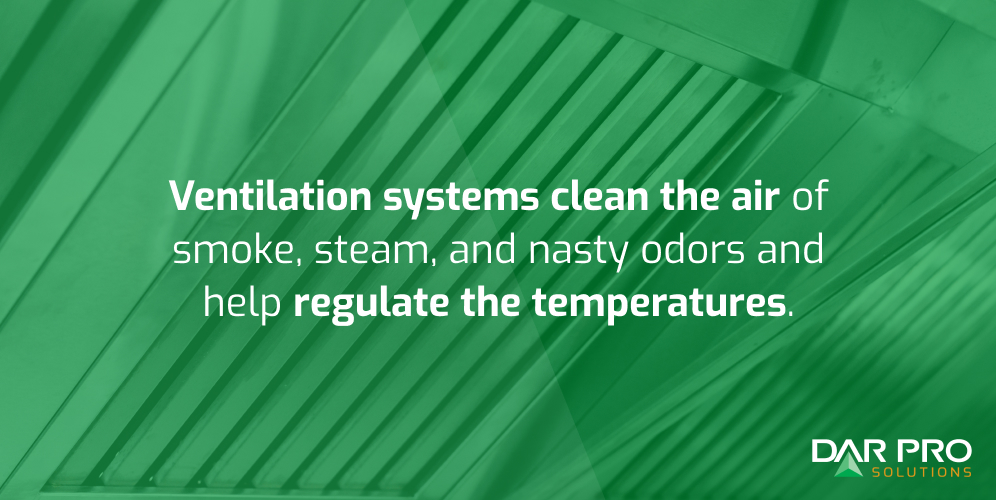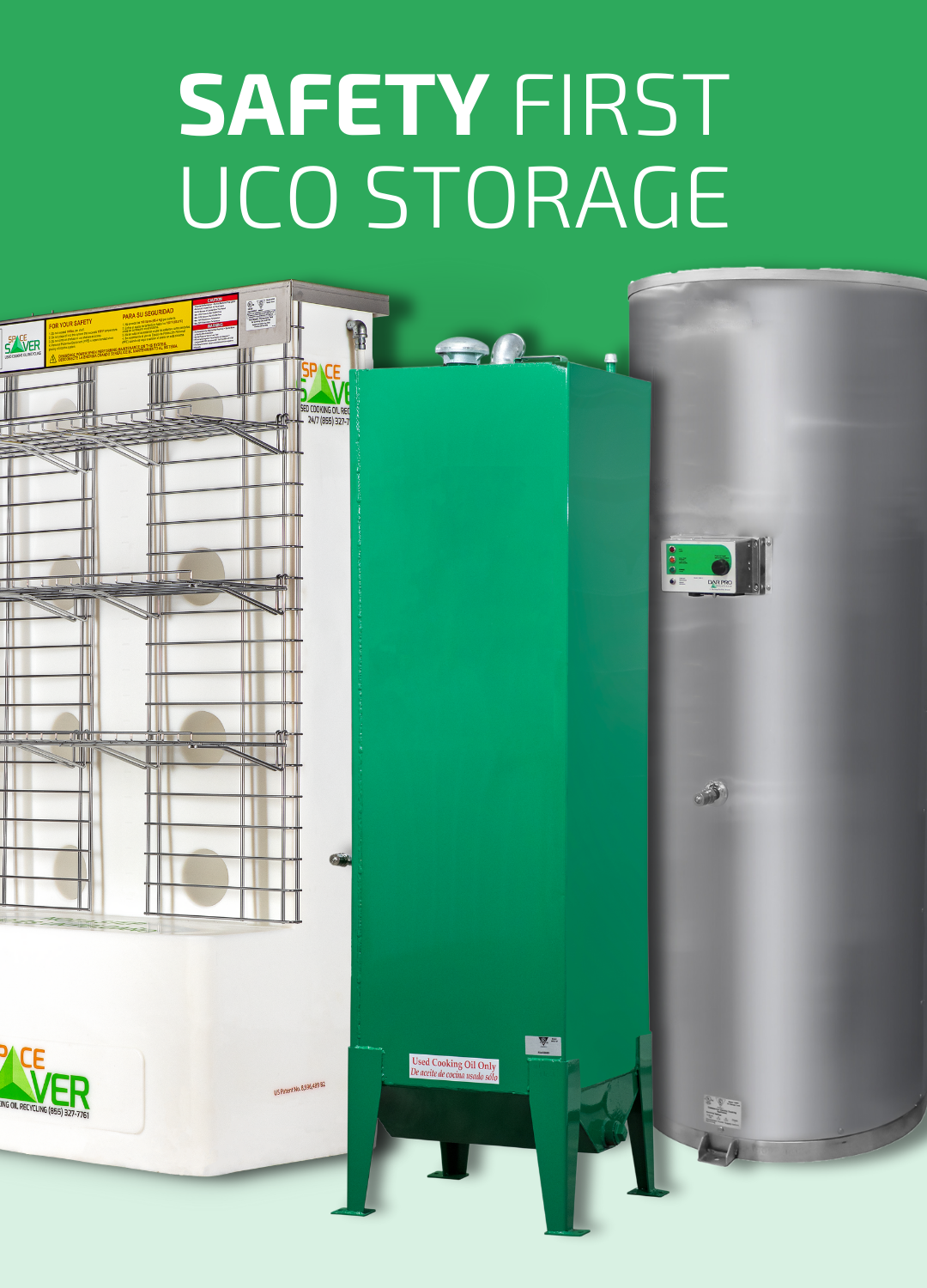However, restaurant employees should still look for minor, less obvious hazards in commercial kitchens. Small actions and inactions can lead to more significant problems and even injury. So next time you haphazardly throw a towel down, avoid cleaning every drop of spilled oil, or fall behind on your hood cleaning schedule, recognize that these small things can create hazards.
Burn Hazards
Burn hazards are around every commercial kitchen corner. The stove, oven, and fryers are apparent, but it’s easy to forget that pot handles, baking sheets, and fryer baskets have been around those super hot cooking appliances. They can still cause nasty burns for a time, even after removal.
We must also consult fire safety when discussing burns. Towels near burners or flames can get too hot and increase fire risk, which is terrible news for the whole restaurant.
How Burns Occur
The injuries happen when someone touches the source of the heat. But even grease splatter and steam can cause severe burns.
The main culprit of burn injuries is simply being unaware of surroundings. In a kitchen, there’s a lot to pay attention to. That’s why a lot of the awareness falls on communication between coworkers. If someone doesn’t announce that they’re setting a hot pan down, someone may pick it up and burn themselves.

How to Prevent Kitchen Burns
Usually, an ice pack and a trip to the doctor are needed to treat a bad burn, but preventing them is better. Loud communication can only go so far. Ensure the kitchen has plenty of towels or pot holders to handle hot equipment.
Train staff to keep flammable materials away from the stovetop. Keep an eye on grease temperature and cleanliness to prevent grease fires.
Cutting Hazards
We might not know the difference between a julienne and a batonnet cut, but we recognize it takes some serious knife skills. These sharp tools are the primary cause of most cutting and scraping injuries. Any sharp corners of equipment can be a hazard, too.
How Hazards Occur
Like burn hazards, cutting hazards are primarily caused by a slip of attention or lack of communication. Like burn hazards, communication is also vital in preventing cuts. If a cook needs to move with a knife, they must tell the whole kitchen until they’re where they need to be.
Disorganization isn’t just annoying; it’s also dangerous. Store sharp objects in designated places to prevent accidental blade grabs or knives hidden under towels.
How to Prevent Kitchen Hazards
Just communication with your coworkers can help with all hazards. Telling them where you are with sharp objects prevents accidents. Part of caring for your coworker is properly storing all knives and sharp tools.
Also, commercial kitchen managers need to stay current with maintaining equipment. As materials get worn down or rusted, they can end up with incredibly sharp edges.

Slipping Hazards
Food, water, oil, and grease will inevitably end up on the kitchen floor. Used sanitation habits and non-slip shoes prevent a lot, but there are always more steps to keeping employees and guests safe.
How Slipping Hazards Occur
Dirty and wet floors are some of the biggest culprits of slips and falls in a kitchen. However, the improper handling of used cooking oil can also be dangerous.
If used cooking oil becomes accidentally uncovered or the transport container is too , it might slosh around and make a mess. Pouring it into a storage container is prime time for a potential spill.
How to Prevent Slipping Hazards
Once again, proper sanitation practices like frequent sweeping can help everyone walking by. Mats that are clean and in ship shape lower the number of empty kitchen floors that are the slipperiest.
The fewer human hands that deal with used cooking oil, the better. Automated used cooking oil systems can take used oil straight from the fryer to a storage container, eliminating the need to travel through the kitchen.
Ventilations Hazards
If you’ve been around a campfire and had the smoke follow you everywhere you moved, you know the importance of good ventilation and clean air.
Ventilation systems are the unsung heroes of the kitchen. They clean the air of smoke, steam, and nasty odors and help regulate the temperatures.
If they get too dirty, they allow all the polluted air to flow back into the kitchen and the rest of the restaurant. And all of the dirt in it creates a fire hazard.

How Ventilation Hazards Occur
Just like the air filter in your car can fill up with small dust and dirt particles, the exhaust hood can fill up with tiny particles that hinder its function — everything we perceive as simply air builds until air can’t get through.
How to Prevent Ventilation Hazards
Frequent hood cleanings can prevent this buildup and keep the air fresh. Clean the fan, ducts, filters, and all the external surfaces consistently. Occasional larger-scale inspections can identify whether deeper cleaning or a replacement is necessary.
DAR PRO Solves Commercial Kitchen Headaches
In a fast-paced kitchen, there is often an increased risk of accidents for hardworking staff. Therefore, one of the more critical parts of kitchen management is kitchen safety. Preventative measures require due diligence, which is especially true when handling hot, used cooking oil.
The good news is that DAR PRO can help: Our automated cooking oil systems are an immediate and effective safety solution to help prevent slips, falls, and other hazards in commercial kitchens. Not only that, but our system also saves you the trouble of manually transporting oil and keeps your employees and used cooking oil (UCO) safe from grease theft.

Cook with Complete Peace of Mind.
With DAR PRO Solutions as your partner, you can worry less and fry more.
Call our toll free number (855) 327-7761
or submit form below to get started.
By submitting this form I agree to the privacy policy including the usage of contact details to contact me for marketing purposes.
